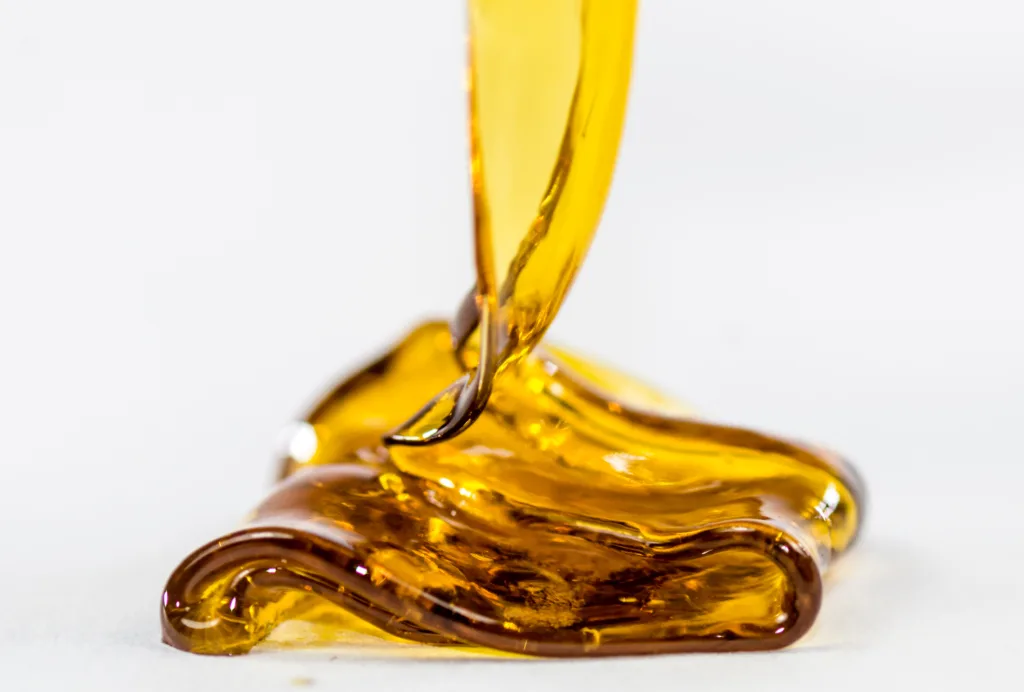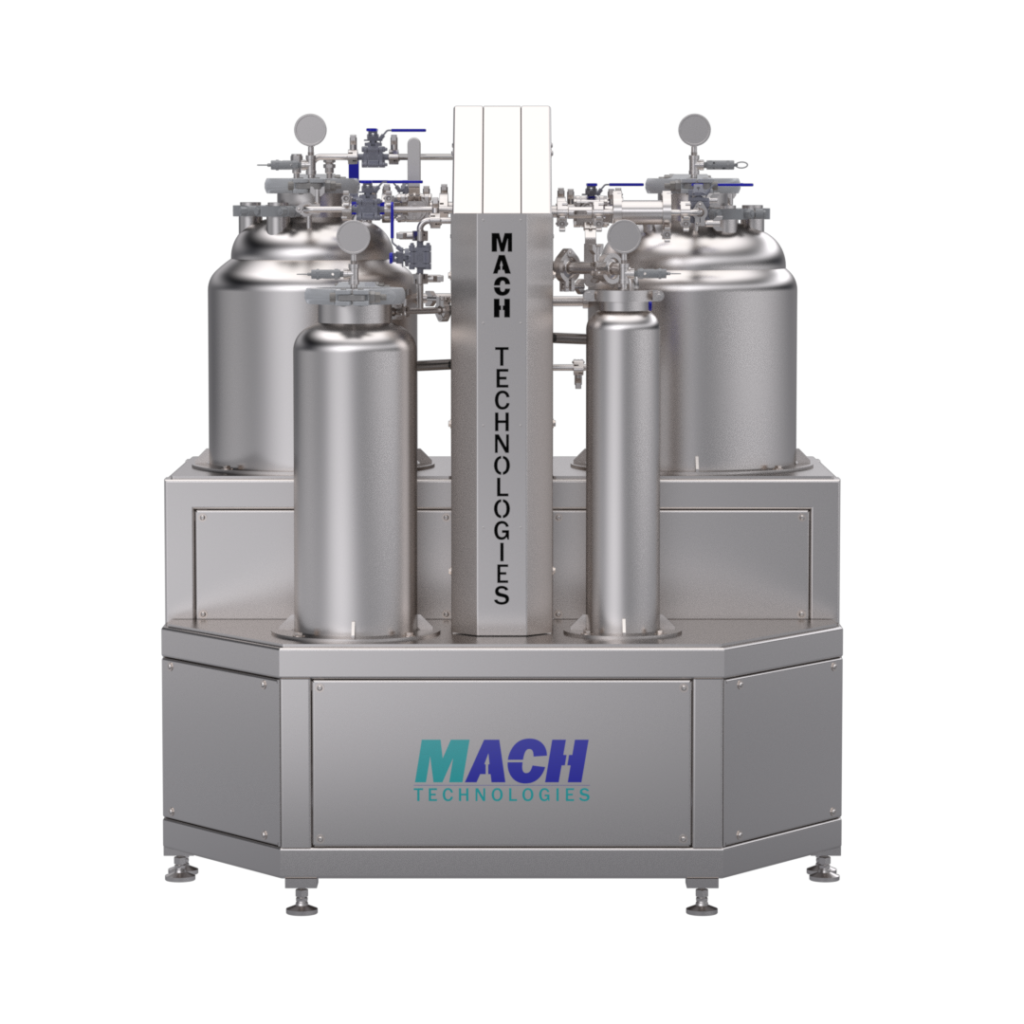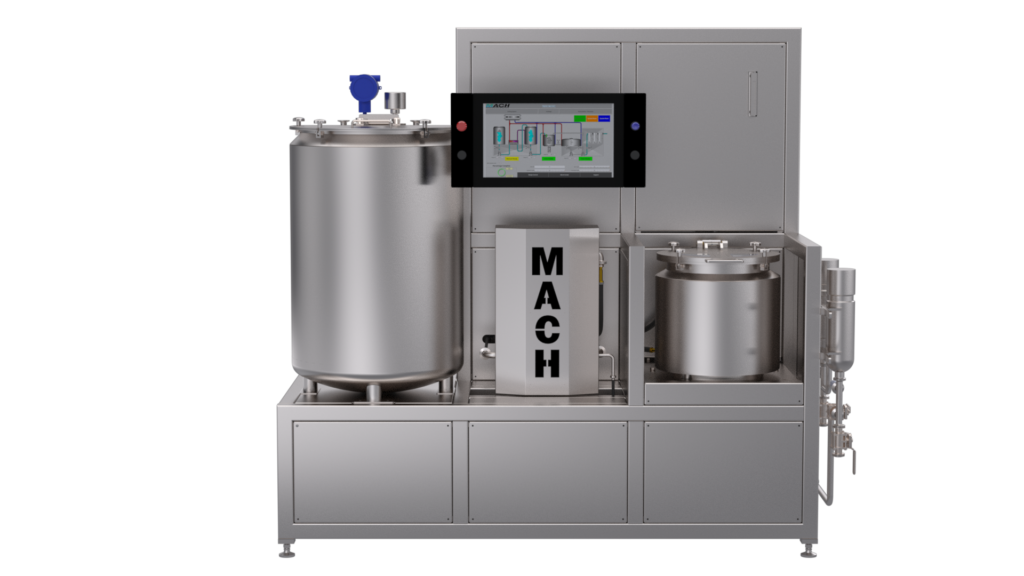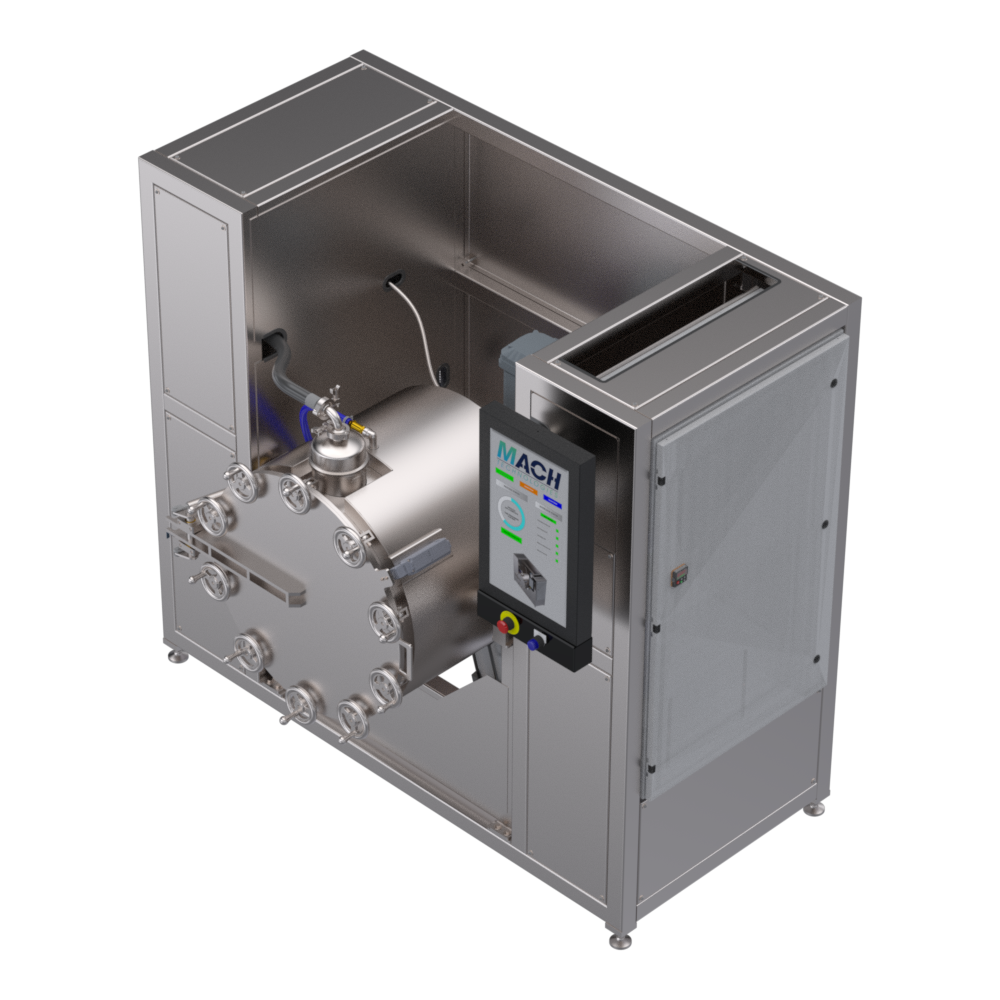How Different Extraction Methods Affect Potency & Purity

Cannabis extraction is a complex process because there are multiple methods available, each with significant advantages and drawbacks. These methods affect key factors in cannabis products, including terpene preservation, which is vital for the effect and full-spectrum experience, the cannabinoid profile that determines the product’s effects and medical efficacy, and removing impurities like fats, waxes, and chlorophyll essential for taste and quality.
In this article, we’ll cover four primary extraction methods: hydrocarbon, ethanol, CO2, and solventless, their advantages and drawbacks, and which cannabis products are best suited for each extraction method.
Hydrocarbon Extraction

Hydrocarbon extraction is commonly used in the cannabis industry. This extraction method uses solvents like butane and propane and lower temperature and pressure settings to extract cannabinoids and terpenes from the plant material. Compared to other solvent methods, hydrocarbon extraction is highly efficient in preserving the terpene profile, which is crucial for maintaining the flavor and aroma of the final product. This method is also exceptional for capturing almost the entire phytochemical profile of a cannabis plant, including phytocannabinoids like THC, CBD, CBN, CBG, and flavonoids.
Despite its benefits, hydrocarbon extraction does require careful handling and thorough purging of solvents to ensure product safety and purity. One notable drawback is the potential for residual solvents, which, if not properly removed, can affect the quality and safety of the final product. Additionally, this process requires specialized equipment and must be conducted in a controlled environment to manage the flammability and health risks associated with hydrocarbon solvents.
Common End Products
Hydrocarbon extraction is commonly used to produce high-end, boutique products as well as:
- Shatter
- Wax
- Budder
- Live Resin
- Terp Sauce
Ethanol Extraction

Ethanol extraction involves soaking biomass in ethanol and can be performed using either warm or cold ethanol. The chilled ethanol extraction method is commonly preferred because it helps minimize the extraction of unwanted substances like chlorophyll and waxes. This method does not require high pressure, making it less complex in terms of equipment and safety considerations compared to CO2 extraction.
Overall, ethanol extraction is one of the best methods to use when mass-producing cannabis products. It’s by far the easiest method to scale and lowers the costs of products like edibles, topicals, and tinctures. Ethanol is also effective in extracting a wide range of cannabinoids to ensure product potency.
The primary drawback to this method is that it can pull out unwanted compounds, so additional post-extraction purification steps are often required. Additionally, the process can be harsh on terpenes, leading to a less aromatic and flavorful product compared to other methods like hydrocarbon extraction.
Common End Products
Ethanol extraction is excellent for mass-producing the following products:
- Tinctures
- Full-Spectrum Oils
- Rick Simpson Oil
- Distillates
- Edibles
CO2 Extraction
The CO2 extraction method is well-loved in the cannabis industry for its versatility. This method uses carbon dioxide under high pressure and varying temperatures to isolate cannabinoids and terpenes. The CO2 method can be adjusted to supercritical or subcritical states, offering unique extraction possibilities. In the supercritical state, CO2 behaves like a solvent without the typical solvent-related risks, extracting a broad spectrum of compounds. Comparatively, subcritical CO2 extraction operates at lower temperatures, better preserving delicate terpenes but often yielding lower amounts of cannabinoids.
Beyond versatility, the CO2 extraction method is known for its cleanliness. CO2 is generally safer to use, although it could pose certain risks related to high pressure if used in a supercritical state. Because CO2 allows for precise control over the extraction process, it produces a clean, potent product with minimal impurities.
The drawback to CO2 extraction is that it typically requires more expensive and complex equipment than other methods. The process may also require further refinement to remove waxy residues and could result in less terpene preservation compared to hydrocarbon. Additionally, the CO2 method is more challenging to scale compared to ethanol.
Common End Products
Standard products made via CO2 extraction include:
- CO2 Oil Cartridges
- Cannabis Concentrates
- Edibles
- Topicals
Solventless

A relatively new method, solventless extraction is ideal for cannabis companies that want to keep cannabis-derived terpenes in their end products. It stands apart from solvent-based methods due to its natural and mechanical approach to extracting cannabinoids and terpenes. As the name suggestions, solventless extraction relies on physical means, such as heat, pressure, and filtration, to separate the resinous trichomes from the biomass without using chemical solvents.
The primary advantage of solventless methods is their ability to produce a pure, chemical-free product, which can be particularly appealing to health-conscious consumers. It also preserves a high terpene profile, ensuring a richer flavor and aroma in the end product.
The drawback is that solventless methods typically yield lower quantities of cannabinoids than solvent-based methods and require high-quality starting material to produce premium concentrates.
Common End Products
Solventless methods are ideal for producing:
- Rosin
- Hashish
- Kief
- Bubble Hash
Tips to Increase Purity & Potency
- Start With High-Quality Plant Material: The quality of the starting material directly influences the purity and potency of the final products. Nugs/flower buds generally provide higher quality extracts compared to trims, as they contain a greater concentration of cannabinoids and terpenes. You should also use strains known for their high cannabinoid and terpene content, and ensure the plant material is well-cultivated, harvested at the right time, and properly cured.
- Optimize Extraction Conditions: Tailor the extraction process to the specific method being used. Optimization includes fine-tuning temperature, pressure, and extraction time to maximize the yield of cannabinoids and terpenes while minimizing the extraction of unwanted compounds.
- Implement Post-Extraction Purification: Use techniques like winterization, which removes fats and waxes from the extract, and distillation, which can further refine and concentrate the product. These processes are essential for improving the overall purity and ensuring a cleaner, more potent product.
- Regularly Test & Perform Quality Control: You’re ultimately creating products that individuals will consume, so regularly testing to ensure product quality and safety is critical. Regularly test for cannabinoid and terpene profiles, as well as for impurities and residual solvents throughout the extraction and post-processing stages.
Learn More From MACH Technologies
Ultimately, which extraction method you use depends on the type of cannabis products you want to create and your production goals.
If you need help finding the best solution for your operation, turn to MACH Technologies. We specialize in manufacturing world-class equipment for the cannabis industry, including ethanol extraction equipment, hydrocarbon systems, solventless systems, and trichome separation systems. All equipment we produce is CE, ASME-, and UL-certified and manufactured in-house in the United States to ensure safety, reliability, and quality. As a turnkey provider, we can also install your equipment, provide comprehensive training to your operators, and provide
Please fill out our online form today to get in touch with one of our specialists.
